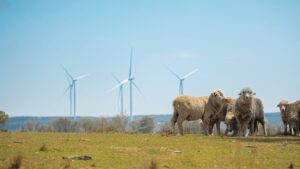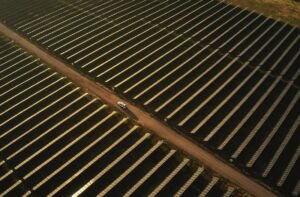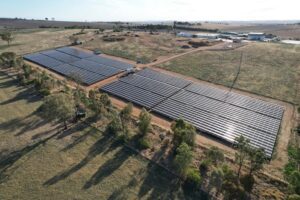The story that has really captured the imagination of our readers this year has been on the Bloomberg New Energy Finance analysis that demonstrated that wind energy was already cheaper than new coal and gas plants in Australia, and solar PV was not all that behind.
Because of that interest, we’ve decided that today’s Graph of the Day should be another set from the BNEF report, because they demonstrate so vividly how the technology costs of wind, solar PV, solar thermal, biomass and even geothermal fall below rising coal and gas plant costs over the coming decades.
Remember when looking at this graph of the day that Australia needs no new baseload power plants for another 10 years – that’s according to the Australian Energy Market Operator and the utilities themselves. So this shows that the new plants we are getting built now – wind farms, thanks to the renewable energy target – are the cheapest option.
By the time 2020 comes around, solar PV will have well and truly joined wind on the southern side of the cost curve (and will no doubt be competing for space in the RET), and solar thermal – with its ability for storage and dispatchable energy, will be competing vigorously with gas.
Looking at these, it really is hard to disagree with BNEF’s CEO Michael Liebrich, who said that “clean energy is a game changer which promises to turn the economics of power systems on its head”. And it’s also hard to stomach the constant carping from “the other side” about the expense of renewables.
We’ve published one graph that includes 2012, 2020 and 2030 forecasts, because the contrast is so visible. But due to the formatting, it may be easier to view the graphs individually, so we have also reproduced them below if the numbers and the letters are too small to see in the first. (STEG stands for solar thermal electricity generation).











